Is Organic Fertilizer Safe? See Its Material!
Is Organic Fertilizer Safe? See Its Material!
There are many kinds of organic fertilizer: the most important one is livestock and poultry manure and crop straw, as well as green manure, cake cake, plant ash, household garbage and so on.
We’d like to introduce the characteristics and safety of crop straw.
Straw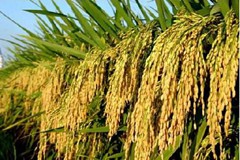
Straw contains cellulose, hemicellulose, lignin, protein and other organic matter, but also contains a variety of necessary elements for crops; It can promote soil microbial activities and improve soil comprehensive fertility, and reduce the amount of fertilizer. The quantity of nutrients contained in different kinds of straws was different. The straws of upland cereal crops contain more potassium.The stem and leaf of rice are rich in silicon. Most of the nutrients in the straw are organic, which can be absorbed by the crop after mineralization.
Straw organic fertilizer advantage
1. Improve the soil and enrich the soil
After organic fertilizer is applied into the soil, organic matter can effectively improve the physical and chemical status and biological characteristics of the soil, mature the soil, enhance the soil’s ability to maintain and supply fertilizer and buffer, and create good soil conditions for the growth of crops.
2. Improve the utilization rate of fertilizer
Organic fertilizers contain more nutrients but lower relative content and release slowly, while chemical fertilizers have higher unit nutrient content, fewer components and faster release. The organic acids produced by the decomposition of organic matter which can also promote the dissolution of mineral nutrients in soil and fertilizer.
3. Reduce environmental pollution
Organic wastes contain a large number of bacteria and insect eggs, if not treated in time, the bacteria will spread, and will increase the concentration of ammonia, nitrate and soluble organic nitrogen in groundwater, as well as the eutrophication of surface and underground water, resulting in the deterioration of environmental quality and even endangering the survival of organisms. Therefore, the rational use of these organic fertilizers can reduce environmental pollution.
4. Top organic fertilizer processing plant
Description of process
There are basically three stages for aerobiotic compost fermentation process: initial period, high-temperature period and cooling and curing period. Main microorganism species in the process is bacteria, fungus and actinomycetes.
1) Initial period
The non-heat resisting microorganism decomposes the easily degradable carbohydrate and fat contained in organic matters, and at the same time releases heat to rise temperature of materials which can be up to 40℃.
2) High-temperature period
The heat-resisting microorganism breeds rapidly. Under aerobic condition, most degradable protein and fiber are continuously oxidized and degraded, and meanwhile release a lot of heat which makes material’s temperature up to 60-70℃, by which a majority of the pathogenic bacteria and parasites can be killed.
3) Cooling and curing period
High-temperature period consequentially causes death and reduced activity of microorganism, and it then enters low-temperature period. At this period, thermophilic microorganism starts to dominate, and decompose the organic materials in remnant that is hard to decompose. However, the microbial activity declines generally, the heat from compost reduces, temperature starts to drop, organic matters become stable, and the oxygen demand dramatically reduces. Then the compost fermentation passes into thoroughly decomposed period or after-ripening period, forming into humus.

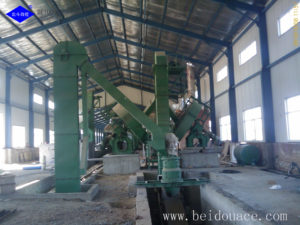
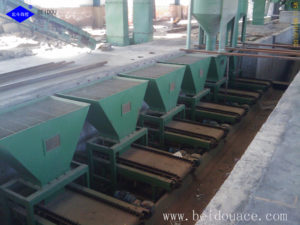
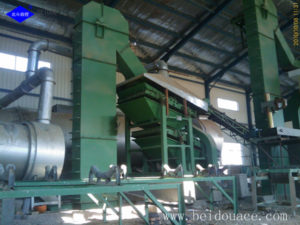
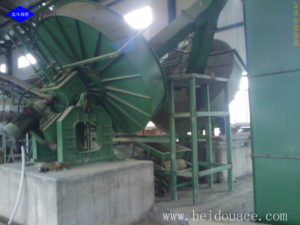
Summary: Get high-grade fertilizer, manufacturers should put the benefit of farmers in the first place. However, Beidou company has always followed this principle by processing high-quality fertilizer mixing production line; Belt-scale-batching Water Soluble Fertilizer Line and Round Ball Bio Organic Fertilizer Production Line .
This article is contributed by Beidou Overseas Business Department. Welcome you to forward.
B2B, Google, Yourtube, Facebook, Twitter and LinkedIn, you can find us by these methods.
The previous blog is ” What Is The Standard Of Good-quality Soil? ”

Your way of describing everything in this article is really nice, every one can easily be aware of it, Thanks a
lot.